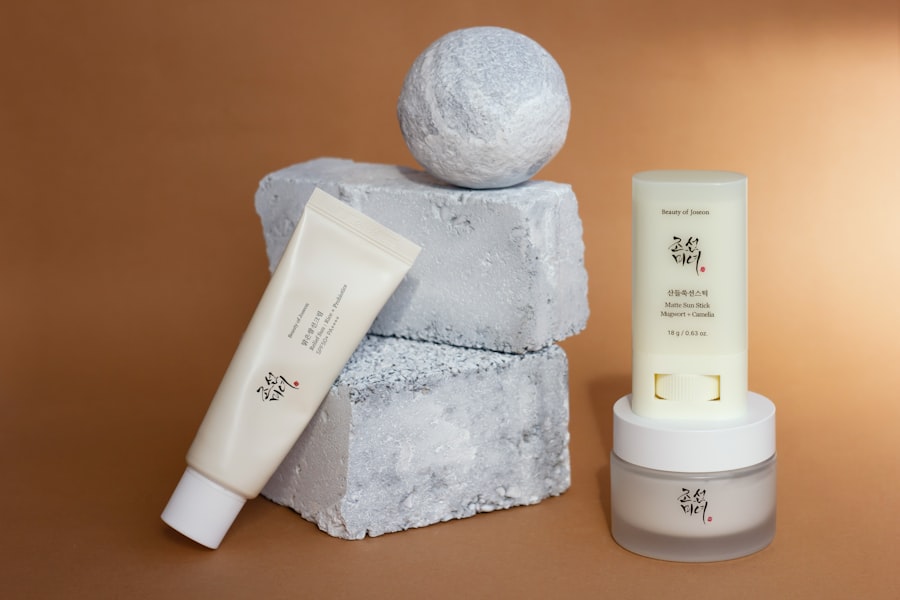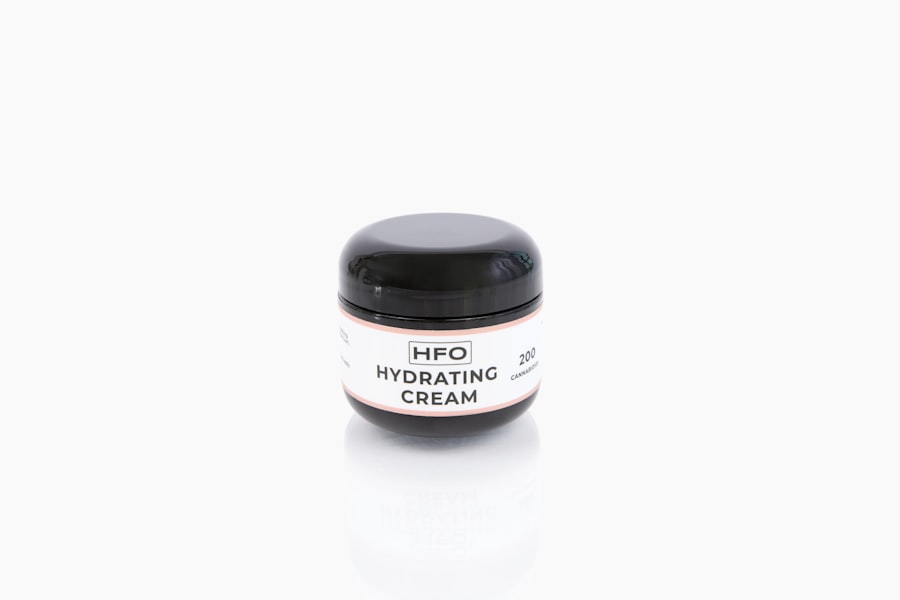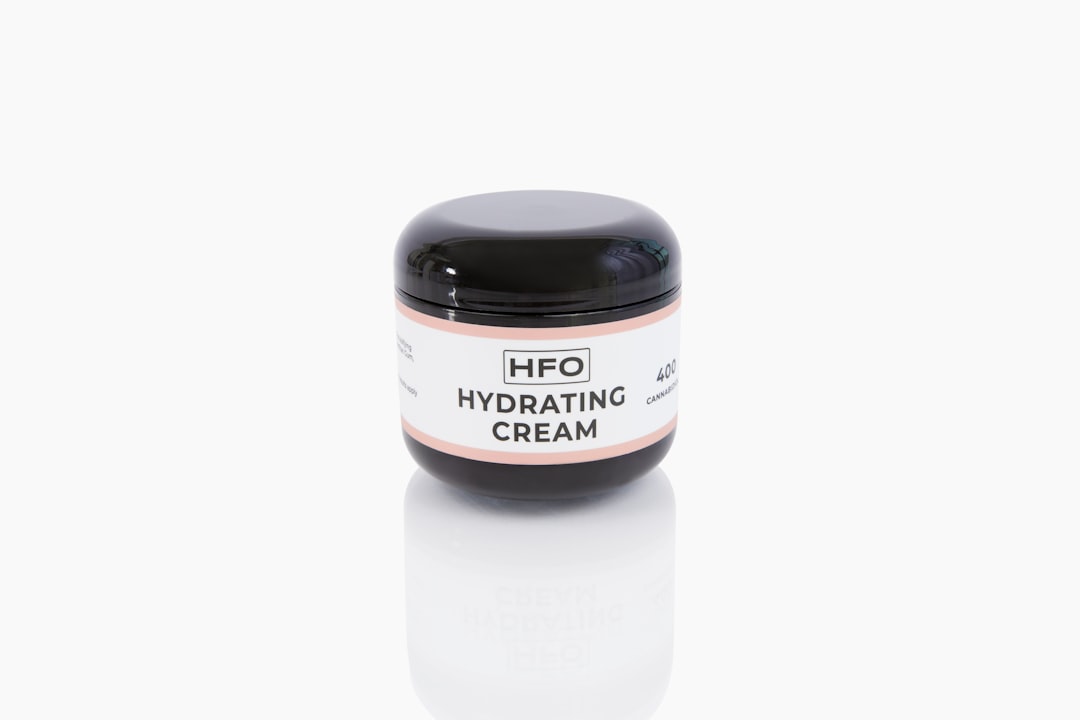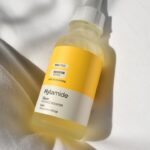In addition to cleansing, you should also be mindful of the products you apply to the treated area. Opt for non-comedogenic and hypoallergenic products to minimize the risk of adverse reactions. Keeping the area dry is equally important; moisture can create an environment conducive to bacteria growth.
If you find yourself in a humid environment, consider using a fan or air conditioning to help maintain dryness. By prioritizing cleanliness and dryness, you set the stage for a smoother recovery and better results from your treatment.
Key Takeaways
- Keep the treated area clean and dry to promote healing and prevent infection
- Apply soothing creams or aloe vera gel to reduce redness and inflammation for comfort
- Avoid sun exposure and use sunscreen on the treated area to protect the skin from damage
- Do not pick, scratch, or exfoliate the treated area to prevent scarring and irritation
- Wear loose-fitting clothing to prevent irritation and allow the skin to breathe
Applying soothing creams or aloe vera gel can significantly reduce redness and inflammation following your treatment. These products are known for their calming properties and can help alleviate discomfort while promoting healing. Aloe vera, in particular, is renowned for its ability to hydrate the skin and provide relief from irritation.
When applying these soothing agents, make sure to use clean hands or a sterile applicator to avoid introducing any bacteria into the treated area.
You might also consider using creams that contain ingredients like chamomile or calendula, which are known for their anti-inflammatory effects. These soothing agents can help calm your skin and reduce any swelling that may occur post-treatment. Remember to apply these products gently, using a light touch to avoid aggravating the area further.
By incorporating soothing creams or aloe vera gel into your post-treatment care routine, you can enhance your comfort and support your skin’s recovery process.
Avoiding sun exposure is crucial after your treatment, as your skin will be more sensitive and susceptible to damage. Direct sunlight can lead to complications such as hyperpigmentation or prolonged redness, which can hinder your healing process. It is advisable to stay indoors during peak sun hours, typically between 10 a.m.
and 4 p.m., when UV rays are most intense. If you must go outside, wearing a wide-brimmed hat and sunglasses can provide additional protection for your face.

In addition to avoiding direct sunlight, using sunscreen on the treated area is essential for safeguarding your skin. Choose a broad-spectrum sunscreen with an SPF of at least 30, and apply it generously to ensure full coverage. Reapply every two hours if you are outdoors, especially if you are sweating or swimming.
By taking these precautions, you can protect your skin from harmful UV rays and promote a more effective healing process.
It is vital that you do not pick, scratch, or exfoliate the treated area during your recovery period. While it may be tempting to touch or manipulate the area as it heals, doing so can lead to complications such as scarring or infection. Your skin needs time to recover, and any disruption can interfere with this process.
Instead of succumbing to the urge to scratch or pick at any scabs or peeling skin, focus on keeping the area clean and moisturized.
| Recovery Period | Important Instructions |
|---|---|
| Do’s | Keep the area clean |
| Moisturize the treated area | |
| Follow post-treatment care guidelines | |
| Don’ts | Do not pick at any scabs |
| Avoid scratching the treated area | |
| Avoid exfoliating the skin | |
| Avoid manipulating the healing area |
If you find yourself feeling itchy or uncomfortable, consider using a cold compress to soothe the area instead of scratching it. This method can provide relief without compromising your skin’s integrity. Remember that patience is key during this time; allowing your skin to heal naturally will yield better results in the long run.
By resisting the urge to pick or scratch, you are actively contributing to a smoother recovery and more satisfying outcome.
Wearing loose-fitting clothing is another important aspect of post-treatment care that you should not overlook. Tight clothing can cause friction against the treated area, leading to irritation and discomfort. Opting for loose garments allows your skin to breathe and minimizes the risk of chafing, which can exacerbate any redness or swelling you may experience.
Soft fabrics like cotton are ideal choices, as they are gentle on the skin and help maintain comfort.
Additionally, consider avoiding clothing with rough seams or embellishments that could irritate the treated area further. If you’re unsure about what to wear, think about layering your clothing so that you can easily adjust for comfort throughout the day. By prioritizing loose-fitting attire during your recovery period, you create an environment that supports healing while ensuring that you remain comfortable.
For 24-48 hours after treatment, it is advisable to avoid hot baths, saunas, and swimming pools. These activities can expose your skin to excessive heat and moisture, which may lead to increased inflammation or irritation in the treated area. Hot water can dilate blood vessels and exacerbate redness, while chlorinated water in pools can introduce irritants that may hinder your recovery process.

Instead of indulging in hot baths or saunas, consider taking lukewarm showers and keeping them brief.
If you’re looking for relaxation during this time, try gentle activities like reading or meditating instead of immersing yourself in hot water or crowded pools.
By steering clear of these activities for a short period, you give your skin the best chance to heal effectively.
Following the recommended schedule for follow-up treatments is crucial for achieving optimal results from your procedure. Your technician or dermatologist will provide specific guidelines based on your individual needs and the type of treatment you received. Adhering to this schedule ensures that you receive necessary touch-ups or additional treatments at appropriate intervals, allowing for consistent improvement over time.
It’s important to keep track of your appointments and communicate openly with your provider about any concerns or questions you may have regarding your treatment plan. If you notice any changes in your skin or have questions about what to expect during follow-up visits, don’t hesitate to reach out for clarification. By staying committed to your follow-up schedule, you demonstrate dedication to achieving the best possible outcome from your treatment.
Consulting with your technician or dermatologist if you experience any unusual side effects or discomfort is essential for ensuring a smooth recovery process. While some redness and swelling are normal after treatment, any persistent or severe symptoms should be addressed promptly. Your provider is equipped with the knowledge and expertise needed to assess your situation accurately and recommend appropriate solutions.
If you notice signs of infection such as increased redness, warmth, or discharge from the treated area, seek professional advice immediately. Additionally, if you experience heightened discomfort that does not improve with soothing creams or over-the-counter pain relief methods, it’s important to communicate this with your provider as well. By being proactive about any unusual symptoms, you empower yourself to take control of your recovery journey while ensuring that you receive the best care possible.
In conclusion, taking care of yourself after a cosmetic treatment involves several key steps that contribute significantly to your overall healing process. From keeping the treated area clean and dry to avoiding sun exposure and following up with your provider, each action plays a vital role in achieving optimal results. By adhering to these guidelines and remaining attentive to your body’s needs, you set yourself up for success in both recovery and satisfaction with your treatment outcomes.
After undergoing laser hair removal treatment, it is crucial to follow proper aftercare instructions to ensure optimal results and minimize any potential side effects. One helpful resource for learning about laser hair removal aftercare do’s is the blog section on the In Laser Hair Removal website. In their blog, they provide valuable tips and advice on how to care for your skin post-treatment to promote healing and maintain smooth, hair-free results. For more information on laser hair removal aftercare, visit In Laser Hair Removal’s blog.
FAQs
What is laser hair removal aftercare?
Laser hair removal aftercare refers to the steps and precautions that should be taken after undergoing a laser hair removal treatment to ensure proper healing and optimal results.
What are the do’s of laser hair removal aftercare?
Some common do’s of laser hair removal aftercare include keeping the treated area clean and moisturized, avoiding sun exposure, wearing loose clothing, and following the specific aftercare instructions provided by the treatment provider.
How should I keep the treated area clean and moisturized after laser hair removal?
It is recommended to gently cleanse the treated area with a mild, fragrance-free cleanser and apply a soothing, non-comedogenic moisturizer to keep the skin hydrated and promote healing.
Why is it important to avoid sun exposure after laser hair removal?
Sun exposure can increase the risk of complications such as hyperpigmentation and skin sensitivity after laser hair removal. It is important to protect the treated area from direct sunlight and use sunscreen with a high SPF.
Why should I wear loose clothing after laser hair removal?
Wearing loose clothing can help prevent friction and irritation to the treated area, allowing the skin to heal properly without any unnecessary pressure or rubbing.
How can I ensure the best results from laser hair removal aftercare?
Following the specific aftercare instructions provided by the treatment provider, maintaining a healthy skincare routine, and attending any follow-up appointments can help ensure the best results from laser hair removal aftercare.





